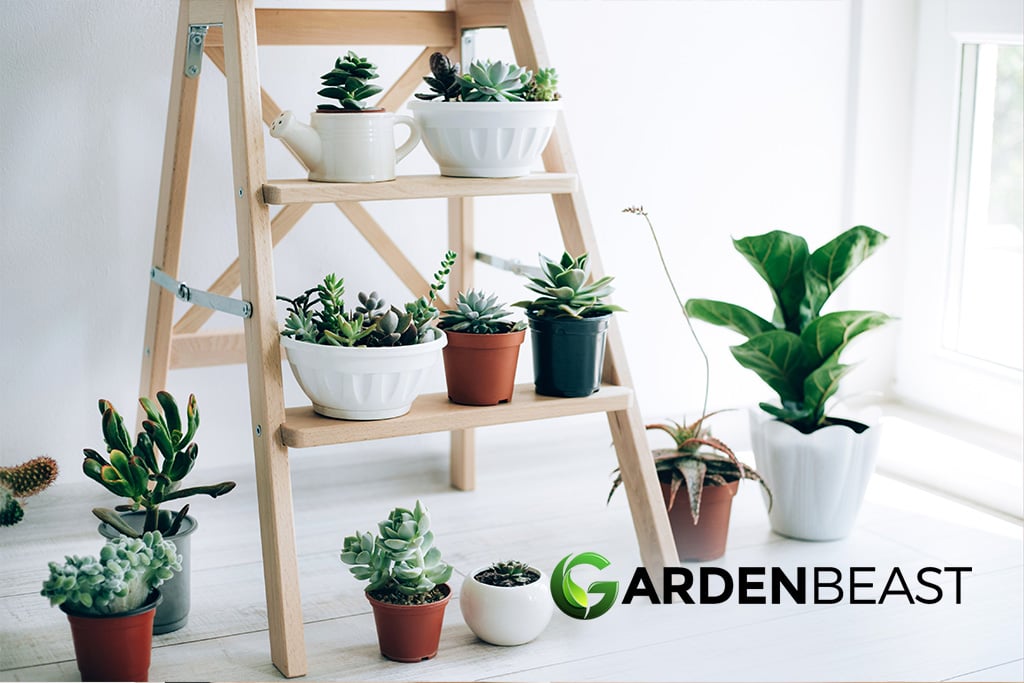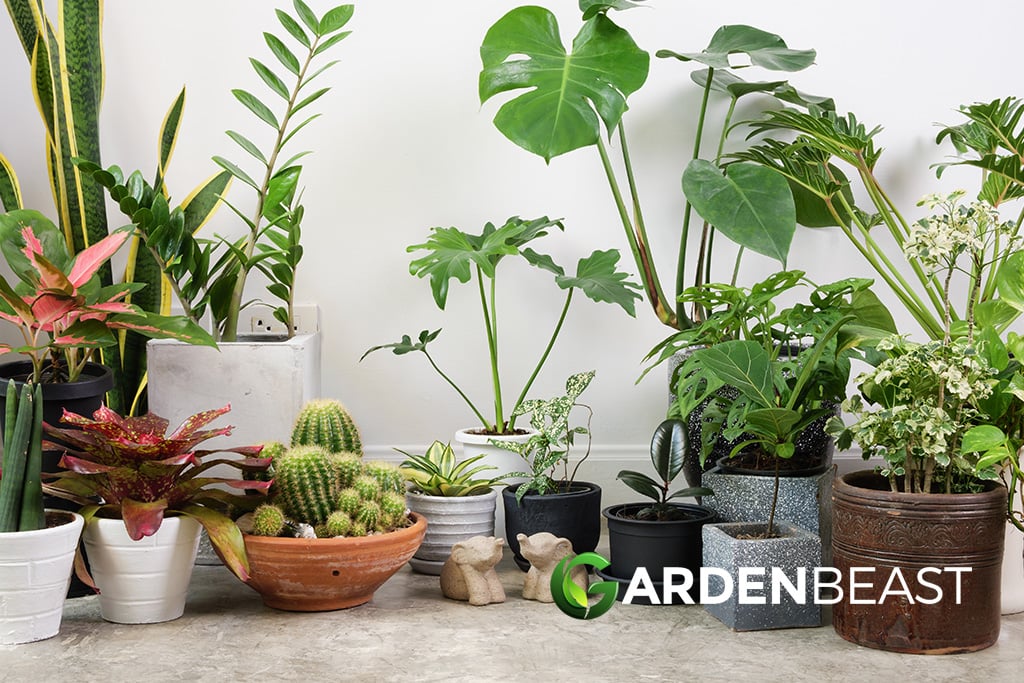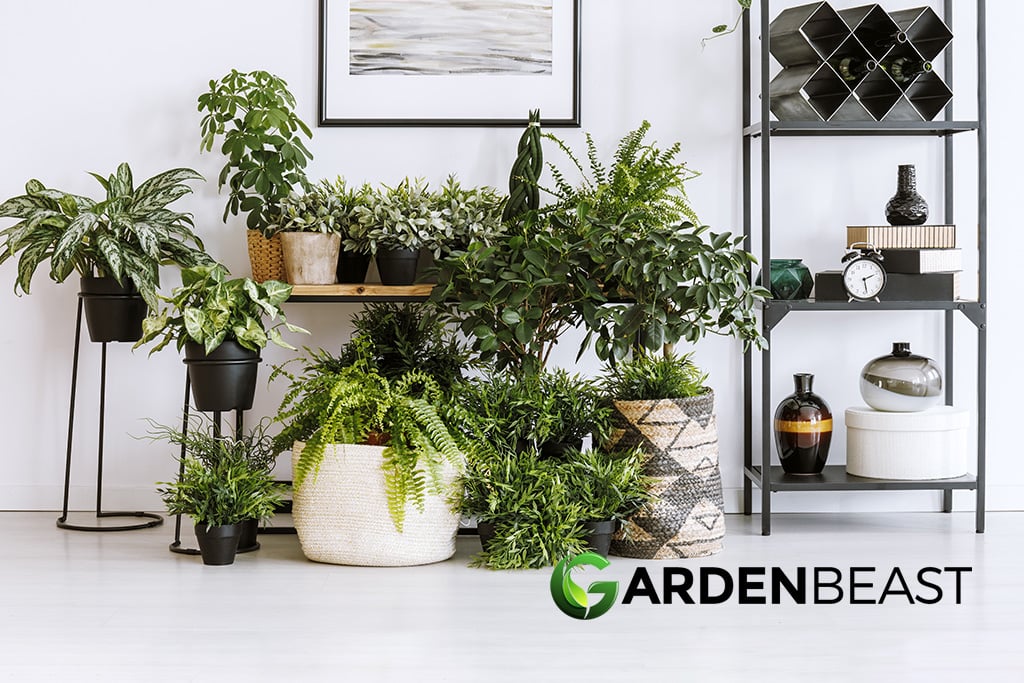Overwintering annual plants is a great way to try to save them, allowing you to enjoy the same wonderful flowering plants another season. How can you move your plants indoors for the winter, though? There are several methods, and the best one depends on the plant you are hoping to overwinter.
New gardeners who are busy learning what flowering plants to grow in their outdoor gardens will inevitably come across a lot of unfamiliar terminology — and that includes “annuals”, “perennials”, biennials” and even “perennials grown as annuals”. Understanding what all this means is key to growing a successful garden.
What Are Annual Plants?
Annuals can simply be defined as plants that complete their life cycle in one growing season. Although this usually does not line up perfectly with a calendar year, as a plant’s growing season typically lasts from spring through fall, annuals get their name from the idea that they last one “year” (annum), or one season.
They’re also sometimes called one-season plants, which is slightly more accurate.
So, what do annuals do in the short time they offer you enjoyment? Let’s take a look:
- They germinate from seed, quickly growing into mature plants — which means that you can go from “dull wasteland” to “full-on flower garden” rather quickly.
- Annuals bloom, usually in early or mid summer. These flowers give rise to seeds, which are naturally dispersed or can be collected.
- The annual plant’s growth cycle is now complete — the new seeds will grow into new plants next year, to keep the cycle going.
Biennials go through a very similar cycle, but instead of one growing season, these plants take two years to complete their life cycles.
Perennials, on the other hand, are plants with a longer growth cycle. These plants don’t usually flower during their first year, which means that gardeners will need to be slightly more patient because they can enjoy the plant’s full potential, but they live long enough to flower and bear seed multiple times.
When it comes to overwintering annual plants by moving them indoors, this practice typically refers to plants that are perennials in their native regions, but that are grown as annuals in cooler and more northern areas. These tender perennials are, for all intents and purposes, annuals in certain regions.
Gardeners who are having fun experimenting may not wish to grow the same plants every year. By choosing annuals, they gain the freedom to plant new flowers each spring and get to know their personal preferences. If, however, you fall in love with a tender annual and you would like to preserve your plant, overwintering can be the way to go.
Proper annuals can also be overwintered indoors, and in this case, the way to do that is to take stem cuttings from these plants.

What Is Overwintering?
Overwintering refers to the process of protecting plants from harsh and cold climate conditions, including frost and heavy winds, during the winter — in order to protect them and keep them alive.
There are a few different ways to go about this, depending on the plant you’re hoping to overwinter, your local climate, and the resources (such as a greenhouse) that may be available to you.
Some plants can successfully be overwintered by placing them under a cold frame, while others benefit from being placed in a greenhouse. Tender perennials, which would function as annuals without overwintering, can best be protected with a slightly different approach.
When Should Your Annual Plants Be Brought Inside to Overwinter?
Before you learn more about how to overwinter your annual plants by bringing them indoors, it is critical to know exactly when this important move needs to be made. Moving your plant inside too early means you will not get as much enjoyment from the flowers as you could, especially since some annuals can be encouraged to bloom for longer periods of time by deadheading them.
Making the move too late has altogether more serious consequences — gardeners who wait until the first frost hits will often have dead plants that will no longer benefit from overwintering on their hands. You never quite know when that will happen, no matter what the weather forecast says, so it’s key to get your timing right.
Here’s how to decide when it’s time to bring your annuals indoors for the winter:
- First, find out the lowest end of the plant’s “temperature comfort zone” is — in other words, the lowest temperature it can withstand without dying or being seriously damaged.
- Next, find out when that temperature is usually reached in your region, and take the earliest time at which it gets that cold as the deadline, the date by which you have to have completed the process. You won’t want to wait until that exact day before overwintering your annual plants.
The best time to bring your annuals indoors to overwinter them is typically toward the tail end of their growing season, but after the flowers have started to become less abundant.

How to Overwinter Annual Plants
To overwinter annuals, gardeners will have three different basic options, depending on the plant species they would like to overwinter. Let’s have a look at the different approaches:
- Tender perennials that are grown as annuals, and which usually originate either from tropical zones or from the Mediterranean, can be moved indoors as intact plants These plants include rosemary, begonias, calla lilies, caladiums, elephant ears, bay laurel, and cilantro — but the list of tender perennials goes on and on. If this is your approach, it is often best to grow your annuals in containers or large planters, which can be transported indoors without too much effort every year, and without uprooting the plant. The environment they are placed into should mimic the conditions the plants thrive in, and their care can continue more or less as usual.
- Tender perennials grown as annuals can also be allowed to move into their dormant phase, by waiting for flowering to complete and keeping them outdoors into the colder season, but before the temperature at which the plants would be at risk arrives. They are subsequently stored — rather than grown in a greenhouse or in the home — in a cooler place, slightly below room temperature, typically at around 50 to 55 °F (10 to 12 °C). Any most cases, cellars or garages are a great place to overwinter plants in this way.
- Proper annuals cannot be overwintered to prolong their lifespans like tender perennials grown as annuals can. The plant you enjoyed during the last growing season will inevitably pass the torch to the next generation that same season. You can still, however, clone the parent plant by taking stem cuttings. These stem cuttings can then be started indoors during the winter, where they will be able to take root so they can be planted in the garden in spring. Gardeners have a couple of reasons to practice this method. For one, propagating your annuals through stem cuttings will allow you to save some money, as you will not need to pay for new seeds to grow brand new plants in spring. As a bonus, if you have a plant with unique features you would love to retain, cloning that plant will help you achieve precisely that goal.

How to Overwinter Garden Annuals In Pots: A Step-by-Step Guide
Tender perennials that are being grown as annuals in containers or large planters can simply be moved indoors by lifting their planter or container up (usually a two-person job), making sure that their cultural needs continue to be met (keep lighting, humidity, watering, and temperature needs in mind). When done successfully, almost nothing will change from the plant’s perspective.
Good examples of tender perennials that are often grown in containers would include
Tender perennials that were growing directly in your garden can also be transplanted to a pot or a large planter to overwinter inside the home. Here’s a look at the steps gardeners will need to take to bring garden annuals inside for the winter:
- Trim the plant back, so that it retains approximately two thirds of the foliage it originally had. This will reduce the plant’s energy needs significantly and make overwintering far less stressful for the annual, increasing your odds that you’ll be able to place it back in the garden the following year.
- To place your garden annual into a pot, it is best to gently dislodge it from its soil and to remove as much of it as possible. Choose a potting mix appropriate for the species in question, rather than keeping the annual in its original soil, to avoid bringing plant pathogens that may threaten the plant and any houseplants you have.
- Gently introduce the newly potted tender perennial to its indoor environment by keeping it in its pot outdoors, but allowing the plant to spend increasingly long periods of time indoors.
- Once this process is complete, you will need to find a good location for the plant, which meets its lighting and temperature needs. If your home is not humid enough, adding a humidifier will help your plant get through the winter. Then, simply care for the annual as you would have while it was in the garden, remembering that it will now also need supplemental watering.

How to Overwinter Proper Annuals by Propagating Them Through Stem Cuttings: A Step-by-Step Guide
True annuals can only be “overwintered” by propagating the plant through stem cuttings, which gardeners can start indoors over the winter. Some tender perennials do not tolerate being transplanted very well, and this method can work well for these plants, too.
Gardeners who would like to try to overwinter their annuals — thereby giving them a chance to “come back” next season — by taking stem cuttings can simply follow along with these steps (warning: it’s quite the list, so read all the way through before you start!):
- Stem cuttings should generally be taken in mid to late summer, meaning July to September in most regions. Getting the timing right will give your new cuttings the best possible chance.
- Take a length, or multiple, of three to five inch (seven to 13 centimeters) from your mature plant, taking care to choose stems that do not have blooms. If flowers are present, remove them to allow the cutting to divert all its energy to growing roots. Remove any leaves present on the bottom of the cutting.
- Dip the bottom of the cutting in rooting hormone powder, gently shaking off any excess. This will help your cutting to grow roots.
- Almost all cuttings will have a chance to take root when their bottom third is placed into a potting mix appropriate for the species, and kept evenly moist but not soggy. Some annuals also take root very quickly if you suspend them over a simple glass of water, which offers the added advantage that you will be able to see the new root growth. Once these plants take root, they can be potted.
- New cuttings need a lot of moisture, and most cuttings will do better if gardeners use a plastic covering, which may be a small plastic bag or a Ziploc bag, to cover the cutting. This circulates moisture back to the plant.
Place the plant in a location that meets its temperature and lighting conditions, and keep caring for it. The time after which roots will develop varies from plant to plant, but gardeners can very gently give the bottom of the cutting (where the soil meets the plant) a tug. If there’s resistance, roots have started to take hold!
If your cutting is successful, you can care for it until spring arrives, at which point the new plant is ready to find its place in your garden! Early spring, after the last frost is finished, is the best time to place these plants into your garden, but you can allow them to get used to their new environment by letting them spend time outside while still in their pots.

In Conclusion
Overwintering annual plants is not for the faint of heart — this practice fails as often as it succeeds, and your plant may still die. When it succeeds, however, that’s cause for celebration; you’ve just saved yourself some money, and will be able to enjoy the annuals you’ve grown so fond of for another season!
